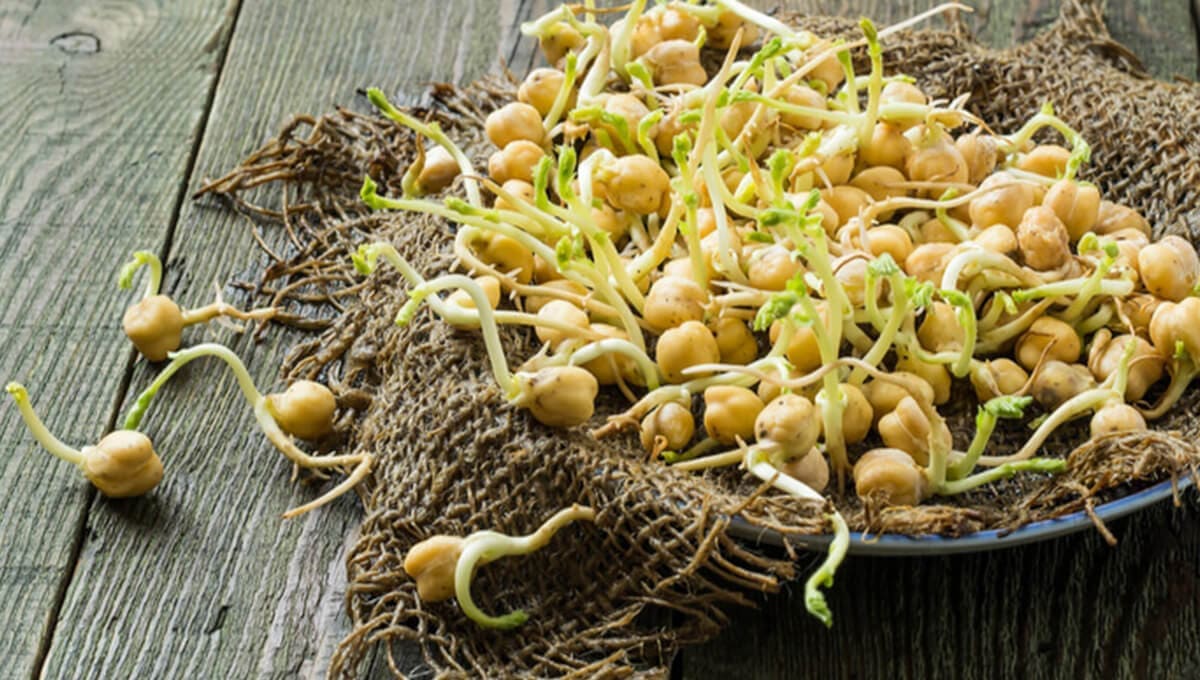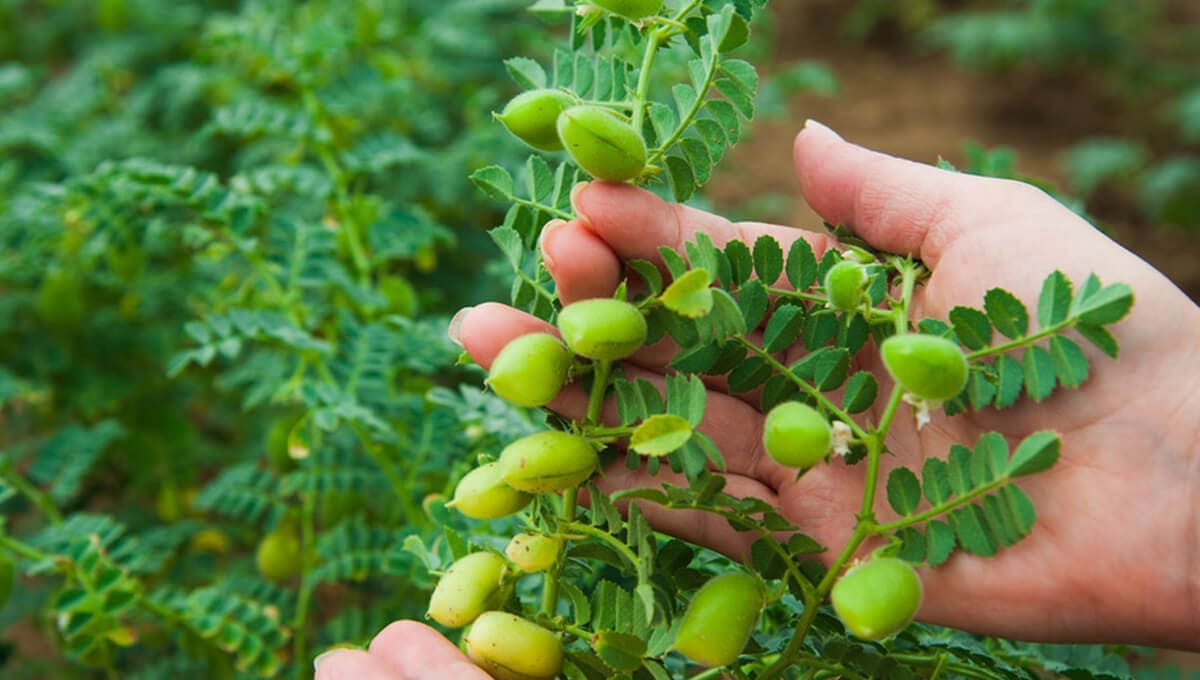Are you looking for a healthy diet, chickpeas will be the best choice for you. It will not only enhance your taste but also rich your diet with all its benefits. Grow chickpeas in a pot indoor with these easy steps:
Short Description:
Chickpeas need a spot where it gets 6-8 hours of sun daily. If you live in a warm region, give them an afternoon shade.
Amend your soil nutrition and drainage by adding Plantic Potting Mix, containing organic compost coupled with essentials nutrients which enrich the soil bed. And thoroughly mix Plantic Water Storing Crystals- help reduce plant water stress and prevent over and underwatering.
Be sure to plant the chickpeas 1-2 weeks before the average last frost of your area. Water your plants whenever they look dry; for moderate climate, water about an inch.
When the chickpeas are 3 inches tall, thin them out, cut them from the base. So, you have 6 inches between each plant.
After one month of the plantation, start feeding them with Plantic Organic All-in-One Liquid Plant Food - boost plant growth and promote bigger, better yield.
Almost after 100 days, harvest chickpeas.
Chickpea (Kabuli chana) are busy and grow about 18 inches, perfect for pot. The ‘peas’ are seeds which are encased in small pods that grow on the plants. Chickpea is a cool-season crop, growing best in 70 to 80 degrees during the day; for the night above 65 degrees.
Here I bring some easy tips to grow chickpeas at home.
Prepare The Soil For Plantation
As we earlier discussed, chickpeas need 6-8 hours of daily sunlight in cooler climates, but in warmer regions, need a bit of afternoon shade then, choose a spot accordingly nearby your home or in the home. Improve the soil bed with a nutrient-rich and well-drained Plantic Potting Mix. For the ground garden, add a 3-inch layer of this potting mix. It contains all essentials which your plants need through the soil and promotes rapid rooting. Now, add Plantic Water Storing Crystals thoroughly to prevent soil from drought and heat and keep the soil moist.
Plant Chickpeas
You hardly found chickpeas at nearby gardening centres and home improvement stores, so you need to purchase it online. Start plantation 1 to 2 weeks before the last frost of your area. Dig 1.5 to 2 inch deep holes 3 to 4 inches apart, sow a seed in each hole. Cover the hole with soil and drench the soil around the plants with a mixture of 5 ml of Plantic Organic Seed-Starter Plant Food in one litre of water to give your seed a healthy start.
Provide Chickpeas Care
Within 10-14 days, the seed will sprout. During the growing season, water evenly to keep the soil moist for better plant growth. Chickpeas need about an inch of water for cooler reasons; in warmer regions, give them double the amount of water as you do in winter. Once the plants are 2-3 inches tall, thin them out so one plant every 6 inches - this spacing allows the plants to support their neighbour, and they don’t need any stake. Thin them with scissors to trim the extras. And don’t disturb the roots of neighbouring plants.
Feed Chickpea Plants
Give your plants a healthy start for better production. Only feed them with organic food to maintain their health and quality. Make sure they continue to receive nutrients to protect them from alien attack (pests and disease). After a month of the plantation, make a periodic chart to feed your plants at the right time with Plantic Organic All-in-One Plant Food (available in both liquid and as well as solid form). Follow the direction label.
Harvest Chickpeas
After about 100 days on the plantation, its time to pick chickpeas. If you like the fresh one to eat, harvest them when the pods are small and green, then eat them like snap beans. If you love the dry one, wait until the leaves wither and turn brown, pull the whole plant. Put it on a warm, flat surface and leave it till the pods dry and begin to split. Then harvest the seed inside, store these dried chickpeas, place them in an airtight container in a cool and dry place.
Use
Enjoy this tasty delicious “Kabuli Chana”. Before cooking them, rinse well with water, soak them overnight and drain. Use chickpeas to make soups, stews, salads or hummus. You can also use them for making chickpea water (also known as aquafaba). These tasty legumes can also be used as an egg substitute, opening a new recipe for vegetarian lovers.
How To Make Aquafaba
Rinse, soak and drain chickpeas and then, put them in a pot filled with enough water to cover them. Cook till the chickpeas are soft, drain and save the liquid (if necessary, use a sieve to get any floating pieces out). If the liquid is too watery - you want to make it consistent with an egg white. Boil it till it thickens a bit, store aquafaba in the refrigerator and use it in recipes known for eggs, like mousses, cookies, mayonnaise, and meringues. 3 tablespoon of aquafaba equals one egg.


